On Monday, I had hernia surgery. Since this was my second hernia surgery this school year, my husband has about strapped me to the bed so that I will recover fully and not push it too hard. With all this time in bed, I have set out to try and finish making the vocabulary packets my students will need for the rest of the year. I have completed two new ESL Vocabulary packets: Plants and Spring Holidays. Over the course of the year, my ESL students have done 20 different vocabulary packets, including the topics: All About Me, In the Kitchen and Careers.
Next, I set out to revamp my template for my Word Work Packets in order to begin introducing my students to Greek Roots. Since September, my students have completed 20 different word work packets on long vowels, consonant patterns, vowel patterns and beginning/ending patterns (like prefixes and suffixes). Now that we have covered all of the big word work topics, I would like my students to start looking at the roots that make up our words. For my nonnative speakers, this will be a great time for them to look for cognates with common roots! So for the next 10 weeks, my students will be looking at Greek and Latin roots that show up in our words. We are starting out with the Greek roots: phon (sound), photo (light) and graph (write).
I have switched up the packet a bit to allow students a day to “Analyze” their words by looking at the roots and predicting the meaning based on those roots.
Then, on the second day, the students actually “Learn” about their words and this is the day we will use pictures, definitions, videos and real world examples to increase their understanding of the words.
I have kept the third day the same – giving students a chance to sort their words based on the root. From my experience, I have seen how important of a skill sorting words can be in helping students really recognize what is going on phonetically in a word.
The fourth day is the students’ chance to write sentences with their words. This is the same as the second day in my Word Work packets and the third day in my ESL Vocabulary packets.
Finally, I have kept the fifth day the same as my Word Work packets, giving students a chance to view and fix misspellings of their words. This is a very important editing skills for students to practice, as well as a preparation for many standardized tests that ask students to find the misspelled word.
Like my ESL Vocabulary packets and my Word Work packets, each of my Root Word packets has 4 levels with each level increasing in difficulty, however the Root Word packets now have 12 words per level instead of 10. For my multiage classroom, these 4 levels allow me to provide complete differentiation so that each child receives exactly what they need, while keeping us all pretty much on the same topic or word pattern.
Since the Greek Roots 1: Phon, Photo & Graph packet is the first in the series, it is completely free, so please feel free to download it. If you’ve never used my vocabulary packets before, I have at least 2 free packets per series. For ESL students, you can download School Supplies and Fruits and Vegetables completely free. For Word Work packets (which focus on spelling patterns, but are geared for both ESL and general student populations), you can download Long I and L Endings completely free.
My vocabulary packets have made a world of difference for my students in reading and writing! I am psyched to see how the root words affect their work.

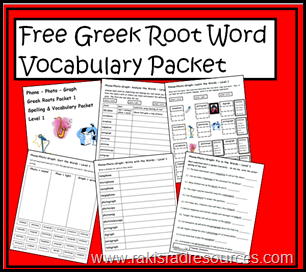

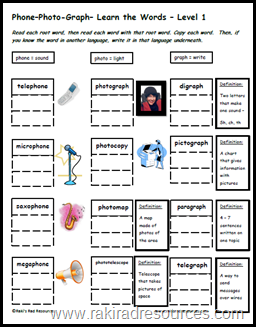
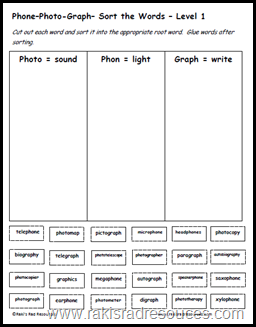




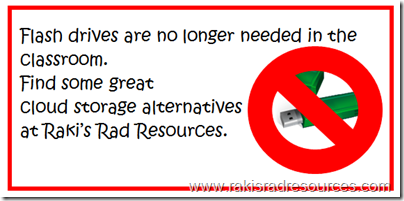









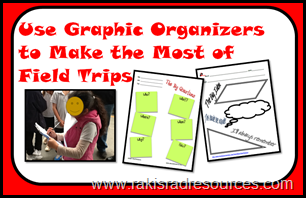

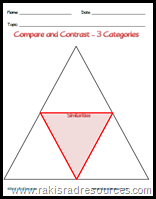
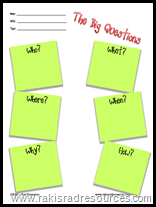
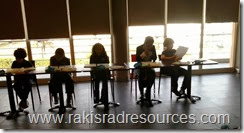
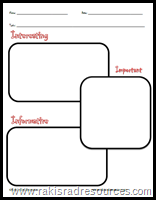
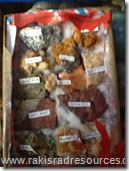



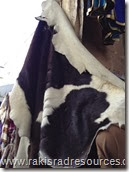

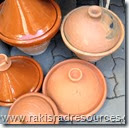



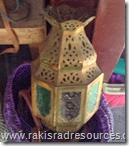
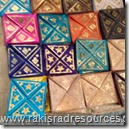

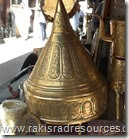



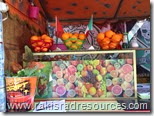





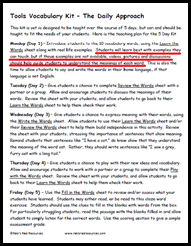
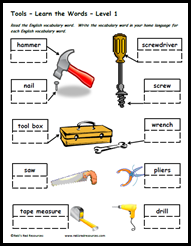
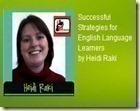

![Heidi-Raki-of-Rakis-Rad-Resources322[1] Heidi-Raki-of-Rakis-Rad-Resources322[1]](http://lh4.ggpht.com/-ysPpxgb38-8/UVtvLeD7yzI/AAAAAAAAMJA/IEjA3gkByME/Heidi-Raki-of-Rakis-Rad-Resources322%25255B1%25255D%25255B2%25255D.png?imgmax=800)